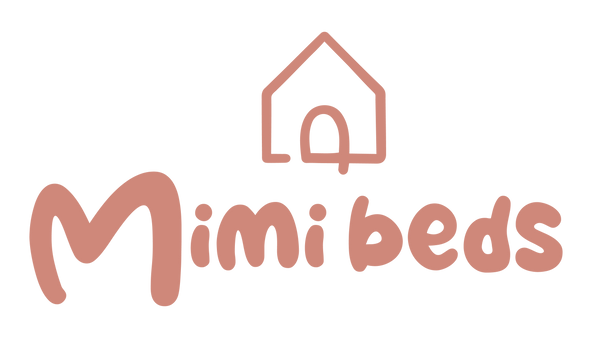Transitioning from a crib to a Montessori floor bed can be an exciting and beneficial step for both parents and children. Montessori-inspired floor beds encourage independence, freedom of movement, and a sense of responsibility in young children. Here's a comprehensive guide to help you with the transition:
Understand the Montessori Philosophy: Familiarize yourself with the Montessori principles and philosophy. Montessori emphasizes creating a child-centered environment that promotes self-directed learning and independence. The floor bed is an essential element of this approach, as it allows children to move freely and make choices about their sleep.
Choose the Right Time: Consider your child's age, developmental stage, and readiness for the transition. Most children transition to a floor bed between 18 months and 3 years, but every child is unique. If your child is showing signs of climbing out of the crib or is ready for more independence, it might be the right time to make the switch.
Prepare the Bedroom: Create a safe and stimulating environment in your child's bedroom. Remove any hazards, secure heavy furniture to the wall, and ensure electrical outlets are covered. Opt for a low-to-the-ground bed frame or simply place a mattress directly on the floor. Use a soft and comfortable mattress that allows your child to get in and out of bed independently.
Introduce the Idea: Involve your child in the process by introducing the concept of a floor bed. Talk about how they are growing up and ready for a big-kid bed. Show them pictures or books about children sleeping on floor beds to help them understand the idea.
Gradual Transition: It's often helpful to transition gradually rather than abruptly. Start by allowing your child to nap on the floor bed while still using the crib at night. Once they become comfortable with the floor bed during naps, you can fully transition to it for both naps and nighttime sleep.
Establish a Bedtime Routine: Establish a consistent bedtime routine to signal to your child that it's time for sleep. This routine might include activities like reading books, singing lullabies, or having a calm conversation. Having a predictable routine helps children feel secure and prepares them for sleep.
Create Boundaries: Set clear boundaries around the floor bed. You can use a soft, low-profile rail or a baby gate to create a safe sleep area while still allowing your child to move in and out of bed independently. Gradually, as your child becomes more comfortable and responsible, you can remove the boundaries.
Encourage Independence: Montessori promotes independence, so encourage your child to participate in preparing their sleep area. Teach them how to tidy up their bed, choose a book to read before sleep, or pick out their pajamas. These small tasks foster a sense of responsibility and independence.
Monitor and Support: Initially, keep an eye on your child during the transition to ensure their safety. You may need to guide them back to bed if they wander during the night. Be patient and supportive as they adjust to the new sleep arrangement.
Stay Consistent: Consistency is key when transitioning to a Montessori floor bed. Stick to the established routine and boundaries. Even if your child tests the limits or occasionally falls asleep on the floor, gently guide them back to the bed. Over time, they will understand the expectations.
Remember, every child is different, and the transition process may vary. Some children adapt quickly, while others may take more time to adjust. Stay patient, supportive, and celebrate the progress your child makes along the way.

